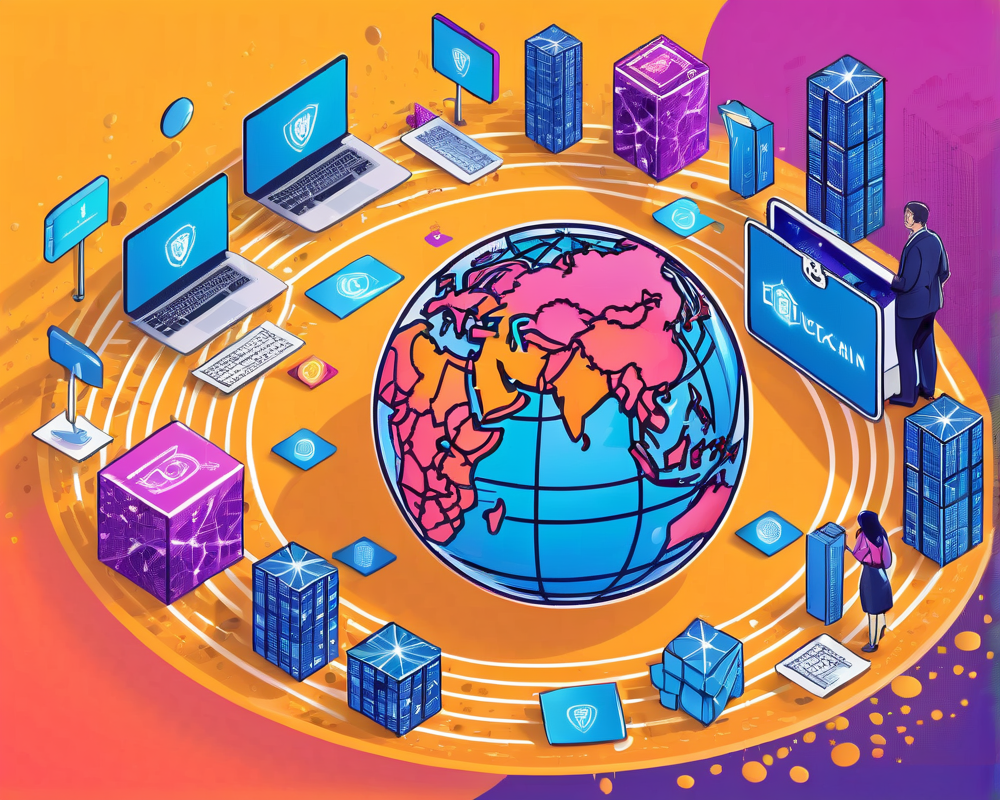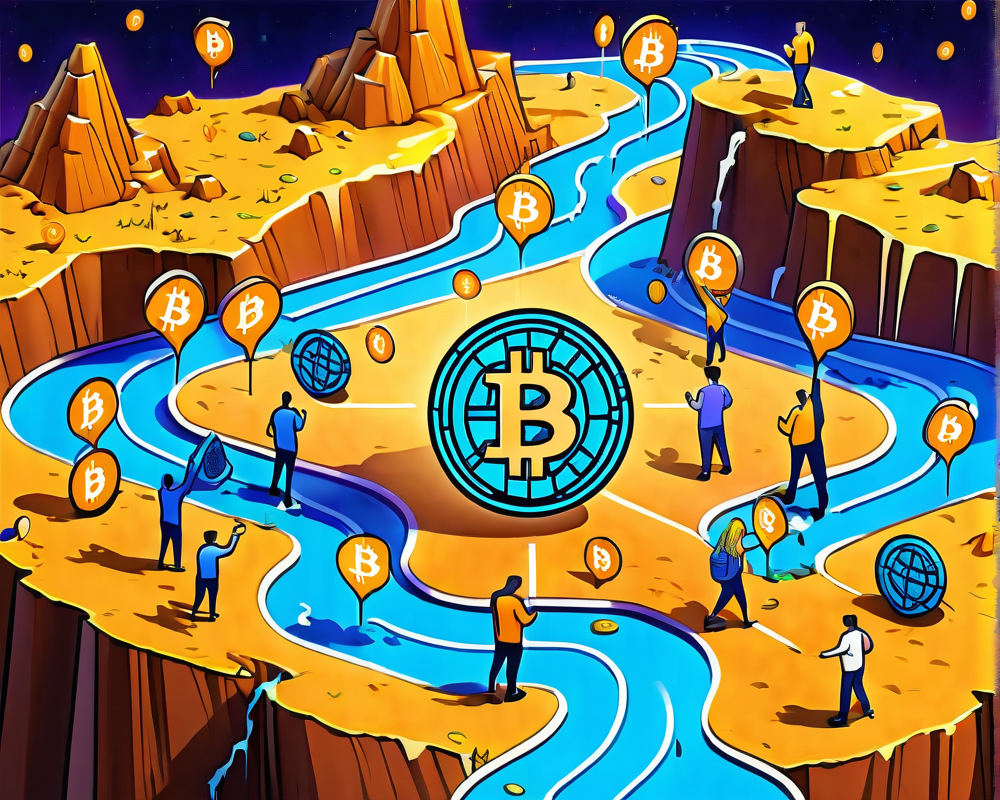The Vision of a Borderless Economy
Imagine a world where you can trade, buy, and sell with anyone, anywhere, without the shackles of traditional banking systems. That’s the utopia MIT’s Professor Silvio Micali shared during his interview on Bloomberg’s Daybreak Asia. He believes that blockchain technology can pave the way for a truly borderless economy.
The Trinity of Blockchain: Security, Decentralization, and Scalability
According to Micali, three core properties are essential for blockchain to promote inclusivity and functionality: security, decentralization, and scalability. These elements are like the three-legged stool of a stable economy, where missing one leg could lead to a rather uncomfortable experience… or worse, a complete collapse.
Finding the Right Balance
Until recently, achieving these three properties simultaneously was like looking for a unicorn. Micali emphasizes that most systems could manage only two at a time. This limitation raises a question: how can we get to a point where all three can co-exist? Spoiler alert: it involves a lot more than just wishing on stars!
The Scalability Challenge
Micali brings attention to the significant hurdle of scalability. The decentralized nature of blockchain presents challenges that centralized systems overcome with ease. He argues that in order to compete, decentralized systems must incorporate advanced technology to ensure the same user confidence and participation levels as their traditional counterparts. It’s like trying to run a marathon while everyone else is riding bicycles—good luck keeping up!
Security: The Achilles’ Heel of Centralized Systems
When discussing security breaches, Micali didn’t hold back. He pointed out that centralized systems are more susceptible to hacking. Drawing attention to the constant barrage of breaches at various institutions, he notes that the concern isn’t just theoretical; it’s happening right now, every day. In contrast, blockchain has a built-in security mechanism that operates on a trustless framework.
“Only a true decentralized system, where power is so spread out that it becomes practically impossible to attack all nodes, is going to deliver the security we both need and deserve,” Micali said.
Unit-e: A Step Forward
Adding to the optimism surrounding blockchain innovation, a coalition of esteemed universities, including MIT, Stanford, and Berkeley, launched Unit-e. This project aims to develop a globally scalable decentralized payments network. If successful, this could be a significant step in normalizing blockchain functionality in everyday transactions.
The Year of Normalization?
One can’t help but notice the buzz around blockchain as 2019 approaches. MIT Technology Review has already declared this year may be the time when blockchain technology becomes mainstream. With increasing interest and applications, perhaps we will finally witness the tech’s full potential unveiled to the masses. Remember, Rome wasn’t built in a day, but at least with blockchain, we might be able to build it without the overhead costs of ancient construction.




